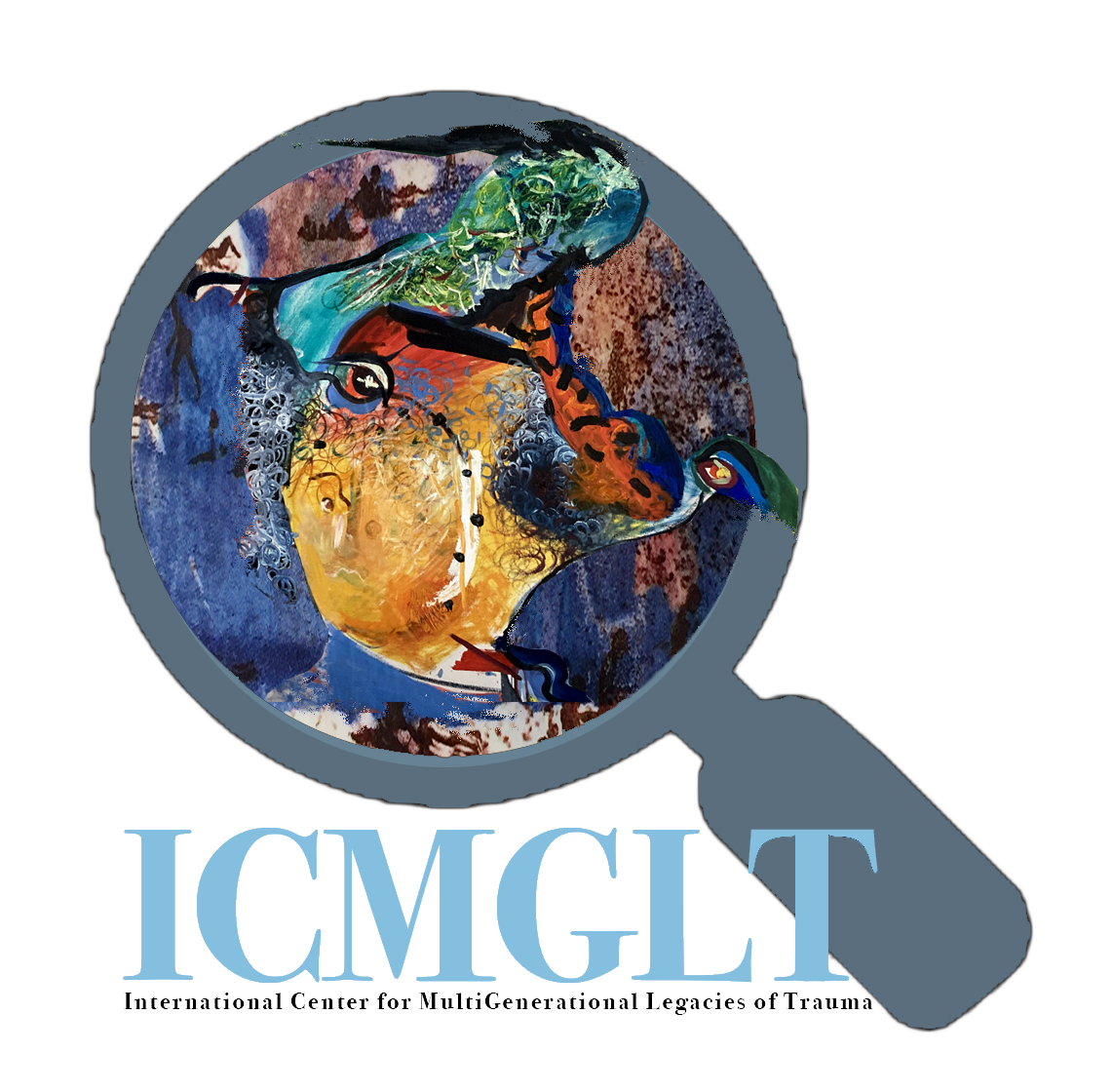Smithsonian researchers trekked to a remote site in northern Canada to collect four-billion-year-old rock samples that could unlock mysteries about Earth’s earliest history
Ella Jeffries – Staff ContributorMay 16, 2025
We know Earth is old. Scientists estimate that our planet formed around 4.5 billion years ago. But how old is it exactly? And what was it like when our planet was still forming?
These questions have long challenged scientists, who’ve searched across continents for clues. But with most of the rock record lost to time, it’s rare to find physical remnants of the planet’s first few hundred million years. Last summer, Smithsonian geologists set out to help fill in those gaps.
Michael Ackerson, a research geologist at the Smithsonian’s National Museum of Natural History, led an expedition to the Northwest Territories of Canada to collect samples from the Acasta Gneiss, a remote outcrop that holds the oldest known rocks on Earth. Some of the material dates back over four billion years. Ackerson and his colleague, postdoctoral fellow Wriju Chowdhury, brought the samples back to Washington, D.C., where they’re being studied and stored in the museum’s National Rock and Ore Collections.
The trip was part of an initiative called Our Unique Planet, which brings together researchers from different disciplines to explore the fundamental question of what makes Earth so unlike any other planet we know.
/https://tf-cmsv2-smithsonianmag-media.s3.amazonaws.com/filer_public/c3/30/c3307eec-b708-4e67-984a-72571fa6ad8b/pxl_20240712_182616681mp.jpg)
“Earth is really a unique planet in three senses,” says Ackerson. “It has continental crust, oceans and life. No other planetary body has all three.”
To understand how those features came to be, researchers must look backward—way backward. “What was Earth like four billion years ago?” Ackerson asks. “How can that help inform how we understand the evolution of our planet?”
That’s where the Acasta Gneiss comes in. Chowdhury explained last year that it wasn’t until 1999 that scientists confirmed some of the rocks in this formation were more than four billion years old—making them the oldest known preserved crustal material on the planet. “This is a snapshot into the first 500 million years,” said Chowdhury. “It’s like looking at the planet through a pinhole.”
The rock they collected came from a surprisingly small and fragmented area—roughly the size of a football field’s red zone, according to Ackerson. Spread in thin, discontinuous bands across a few miles of terrain, the ancient material is a challenge to identify and even harder to access.
Complicating things further is the rock’s appearance. “They’re all gray,” says Jesse Reimink, a geologist at Penn State who completed his PhD on the Acasta Gneiss and joined this summer’s trip. “One gray rock could be totally different from the next, even if they look identical.” Reimink served as a field guide for the team, helping them distinguish the elusive ancient rocks from the surrounding terrain.
/https://tf-cmsv2-smithsonianmag-media.s3.amazonaws.com/filer_public/54/42/54426b16-78f2-472b-bb01-5259b0c4ce29/pxl_20240713_170204866mp.jpg)
“These rocks are unimaginably difficult to find,” says Ackerson. “You could be standing with one foot on a 3.6-billion-year-old rock and the other foot on one that’s four billion years old.”
To identify the oldest material, the researchers relied on a trusty tool: a magnet. “The oldest rocks, the 4.02- to 4.03-billion-year-old rocks, are magnetic,” says Ackerson. “It was very handy and convenient.” They also looked for specific minerals like garnet, a deep-red crystal found in the oldest rocks, and they distinguished younger material by its slightly pinker hue. The combination of magnetism, mineral clues and color differences helped them navigate the complex geological site.
What they were after was a type of metamorphic rock called gneiss (pronounced “nice”). It forms when igneous rocks like granite undergo intense heat and pressure, changing their structure and appearance over time. But buried within this ancient gneiss is something even more valuable: zircon.
“Zircons are resistant to pressure, temperature, they’re resistant to erosive forces,” Chowdhury explained. “They lock in the chemical environment in which they were created.” These tiny crystals form in magma and absorb trace amounts of uranium, which decays over time into lead. By measuring the ratios of uranium and lead isotopes, scientists can determine the crystal’s age with remarkable precision.
Ackerson likens the research to baking. “If you think of Earth today like a beautiful birthday cake, you can’t understand how it was made just by looking at the final product,” he says. “We’re trying to reverse-engineer the recipe—starting with the ingredients.”
Unlocking the secrets held in these ancient minerals could reshape scientists’ understanding of how Earth transitioned from a molten ball of rock into a habitable planet. The first few hundred million years of Earth’s history remain one of the most poorly understood chapters in geologic time, yet it’s during this period that the foundations of modern plate tectonics, continental crust and perhaps even early microbial life may have emerged. Understanding what conditions gave rise to the Earth we know today—and to life itself—starts with these ancient rocks, Ackerson says. The Acasta samples provide one of the only direct records from that era, offering a rare and vital glimpse into the forces that shaped our world.
Over the course of the trip, the team collected about 1,000 pounds of rock. Getting the samples home was a feat. They were brought from remote islands accessed by inflatable boats and prop planes to buckets packed onto float planes and trains bound for Washington.
Back in the lab, the samples undergo careful preparation. The team first crushes the rocks into fine grains and separates out the zircons using dense liquids and magnetic fields. Then, researchers measure the isotopic composition of the crystals, a process that requires careful calibration and precision. Each dated zircon offers a glimpse into the state of Earth’s crust at the time it formed.
Though the rocks are already being analyzed for age and chemical composition, their story is just beginning. “What Mike and Wriju are doing is very creative,” Reimink says. “They’re looking for older material, tiny mineral grains or previously unexplored rock, that could push our understanding of early Earth even further.”
These samples, as part of the National Rock and Ore Collections, will be available to scientists worldwide. For the public, the research will eventually help expand the museum’s narrative of Earth’s history. Right now, the museum’s “Deep Time” exhibition covers much of Earth’s ancient past. “Our hope is to create a companion exhibit that goes even further,” says Ackerson. “To trace the story from today all the way back to the formation of our solar system.”
That exhibition may be years away, but its foundation is already forming—one gray rock at a time.
“These samples hold clues to the earliest stages of our planet’s evolution,” says Reimink. “And in a broader sense, they help answer that fundamental question: Why are we here?”




